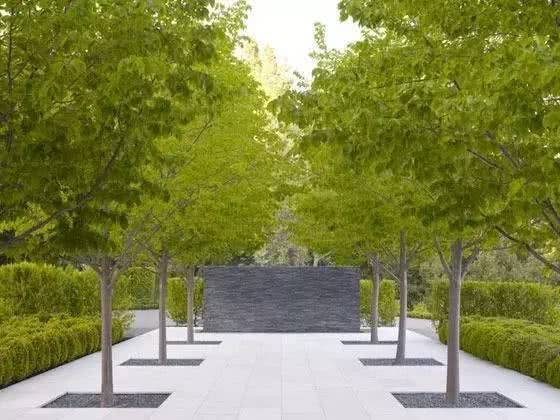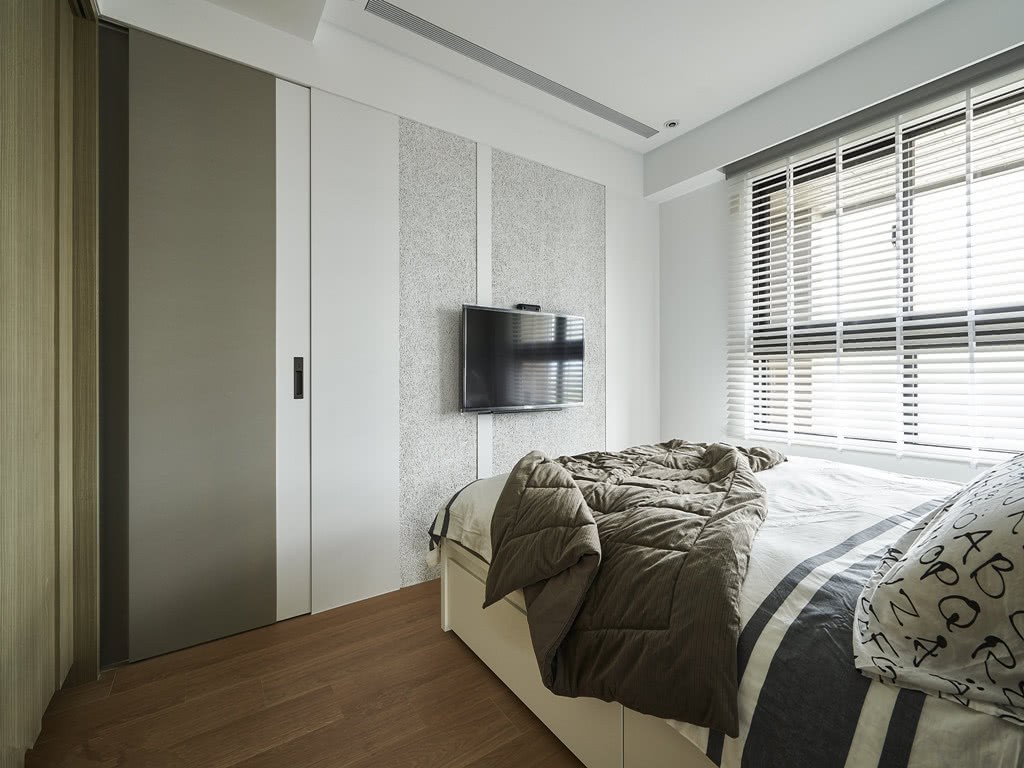17 Design Styles of Landscape Path

By organizing the direction of movement, dividing the space and arranging the spatial sequence, the modern landscape path makes the walking experience produce various states and interests.
There are 17 design styles of landscape path:
1. Solemn guidance
A straight line with a wide path draws people's attention to the target.
2. Bifurcation path
Set up a number of secondary paths with different directions along the main road, combined with favorable landscape line of sight to inspire people to move forward.
3. Set up interference factors
Interference factors are arranged on both sides of the path to make the process intermittent.
4. Centralization
There is an obvious primary path, and other secondary paths are concentrated to the primary path with a clear distinction between primary and secondary.
5. If looming
The path is integrated with the ground or the environment, showing a sense of dotted lines.
6. Straight line crossing
A free cross combination of a group of lines in which the part cut by the line forms a plurality of spaces.
7. Aggregation and divergence
Multiple paths gather to a point, which plays a strong role of emphasis.
8. Offset path
One or more paths are offset next to one path, forming a group of paths with the same overall trend.
9. Curve path
The curve path with gentle curvature is suitable for the main road, and the curve path with large curvature is suitable for the secondary path.
10. Rise and fall
Through the ascending and descending of the path, the walking experience with rich feeling and change is produced.
11. Twists and turns
The path is treated with exaggerated bending and torsion to get the feeling of twists and turns and "dazzling".
12. Concentric movement
Always move around the center to form a space with a strong sense of centrality.
13. Hide in the face
The path can also appear to be "not a path", but the motion trajectory is hidden in the face.
14. Circuitous path
A path consisting of multiple consecutive large turns that can slow down time.
15. Broken line path
The path mode with strong sense of strength and adaptability, universal path mode.
16. Straight path
The most purposeful form of path is to solve the problem directly.
17. Return path
First maintain eye contact with the node for a period of time before really arriving, similar to the traditional Chinese garden "Tibet and dew".
- Prev

Home fengshui has tricks to understand that these four backers make you live with confidence and confidence.
Home fengshui has a mystery, understand these "four backers", so that you live a strong life, more confident! Now, with the development of life, more and more people find ways to pour into the city and work hard to make money in order to pursue a better life.
- Next

Collected by Lao Yan Lecture Hall (7)
Lao Yan Lecture Hall (7) author: today, Lao Yan mainly tells you about orchid water control, proper water control is conducive to orchids to flower buds, especially in this season. First of all, I would like to tell you why to control water? Because orchids act as.
Related
- Wuhan Hospital Iron Tree Blooming Result Was Instantly Frightened by the Gardener Master
- Which variety of camellia is the most fragrant and best? Which one do you like best?
- What is the small blue coat, the breeding methods and matters needing attention of the succulent plant
- Dormancy time and maintenance management of succulent plants during dormancy
- Minas succulent how to raise, Minas succulent plant pictures
- What are the varieties of winter succulent plants
- How to raise succulent plants in twelve rolls? let's take a look at some experience of breeding twelve rolls.
- Attention should be paid to water control for succulent plants during dormant period (winter and summer)
- Watering experience of twelve rolls of succulent plants
- Techniques for fertilizing succulent plants. An article will let you know how to fertilize succulent plants.

